Introduction
Google Chrome is one of the most popular web browsers in the world. It's fast, secure, and easy to use. Whether you're using it on your desktop or mobile device, Google Chrome with its user-friendly interface and robust features has become a popular choice for internet users worldwide and it offers a seamless browsing experience that's hard to beat. In this user guide, we will cover everything you need to know about using Google Chrome on your mobile device.
By the end of this guide, you will have a solid understanding of how to get the most out of Google Chrome, and you'll be able to browse the web with ease and confidence.
What is Google Chrome?

Google Chrome is a cross-platform browser created by Google, being cross-platform means that it can run on different computing platforms. Computing platforms are often referred to as but are not limited to, operating systems i.e. Microsoft Windows, Linux, macOS, Android, and iOS. This implies that it can work across several devices.
Google Chrome was first released in 2008 for Microsoft Windows. Versions were later released for Linux, macOS, iOS and Android, where it is the default browser.
Why Google Chrome?
As of January 2023, the Google Chrome browser, according to Statista, accounted for 65.43% of the global market share for internet browsers. Apple’s Safari browser was the second most popular internet browser around the world, accounting for over 18% of the market share. Apart from these two, no other browser controlled more than 5% of the overall market share.
Google Chrome doesn’t achieve this popularity by sheer luck or just because it is created by arguably the best tech firm in the world. Google Chrome when compared to other browsers stands out significantly in criteria like Speed, Web Standards Support, Synchronicity across devices, Cross-Platform Support, and Security.
Speed. The speed of a browser can vary depending on several factors some of which include hardware specifications, internet connection, and the complexity of the web page being loaded. However, Chrome is still regarded to be the fastest browser, it uses a powerful JavaScript engine called V8, which makes it fast and efficient at loading web pages. Additionally, Chrome's architecture separates tabs into separate processes, which can help to prevent the entire browser from crashing if one tab becomes unresponsive.
Web Standards Support. Chrome also has a strong reputation for supporting web standards and is often considered one of the best browsers in terms of web standards support. Web standards support refers to the ability of a web browser to display web pages and web applications per established standards and guidelines. These standards define the structure, formatting, and behaviour of web pages and web applications, and are designed to ensure that they are displayed consistently across different browsers and platforms. Chrome has a strong track record of implementing new web standards quickly, often before other browsers.
Synchronicity across other devices. In terms of synchronicity, Chrome is the best. When you sign in to Chrome on multiple devices using the same Google account, your browsing history, bookmarks, passwords, and other settings are automatically synced across all of your devices. Chrome's synchronicity feature is also highly customizable, allowing you to choose which data to sync and which devices to include or exclude. This can be useful if you want to keep some data, such as passwords or payment information, synced only on certain devices.
Cross-Platform Support. In terms of being the most compatible with various platforms, Google Chrome is often considered one of the best cross-platform browsers because it is available on almost all major operating systems, including Windows, macOS, Linux, Android, and iOS and it provides a consistent user experience across all of them.
Security. As regards security, Google Chrome is inherently very secure. It has built-in technologies such as site isolation, sandboxing, malware protection and predictive phishing protections.
Others. Chrome's user interface is also straightforward to use, beginners would need little guidance navigating it. Additionally, Chrome has the largest library of extensions among browsers, making it a popular choice for many users including developers making it the most convenient choice to use especially if you use Google Services.
Installation of Google Chrome on your mobile device
Google Chrome is a fast web browser that is available on almost every platform for no charge.
Installation on Android
Google Chrome, along with other Google services, already comes preinstalled on most Android phones, and it can’t be removed.
On your Android device or tablet, Open your browser and in the search bar type in 'Google Chrome'. Tap on the first search result.
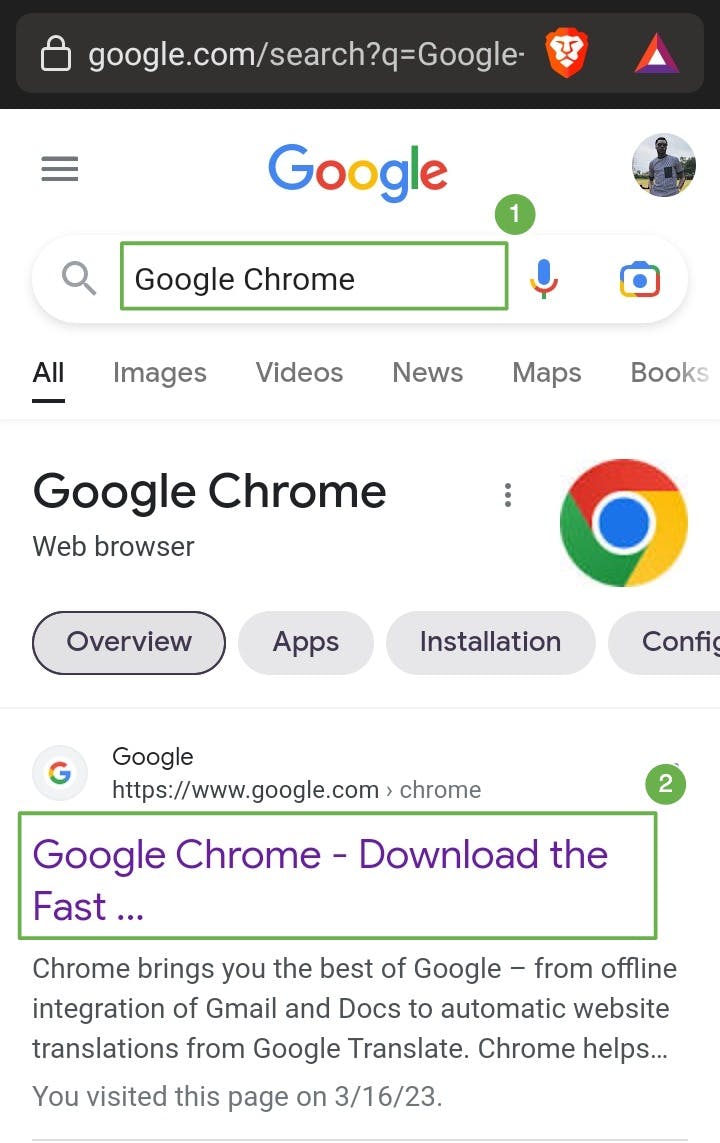
This would take you to the Google Chrome website. To download Chrome, tap the Download Chrome button. It will redirect you to Google Playstore if you already have other google services installed.

If you are redirected to the Google Playstore. Tap the Install button. Your download would begin immediately.

Google Chrome is already available on Android phones and tablets running Android 7.0 and up.
Installation on iOS
On your iPhone or iPad, open the App Store.
Tap the Search icon. After, that Enter Google Chrome into the search field.

Tap on the search result ‘Google Chrome’. When the page is opened, scroll down the information section and ensure that Google LLC is listed as the Seller.
Tap the Get Button or download icon. This will bring up the installation window. Depending on your device and settings, you may need to double-click the lock button or use Face ID to download the app. You may also be asked to enter your Apple ID password. Tap OK.

How to set up Google Chrome on your mobile device
After installing Google Chrome on our mobile devices, the next thing that follows is actually how to use it.
How to set up Google Chrome on Android
After installing the Google Chrome browser on your android device, the first step is that you sign in to Google Chrome.
At the top right corner, tap on the ⁝.
Tap Settings
Tap Sync and turn it on.
Choose the account that you want to use.
Then, follow the on-screen instructions to continue the sign-in process.

You can use the search bar to enter either a URL or a google search. This is simply done by tapping the search bar, typing your search item into the field and then tapping on the enter key on your keyboard.
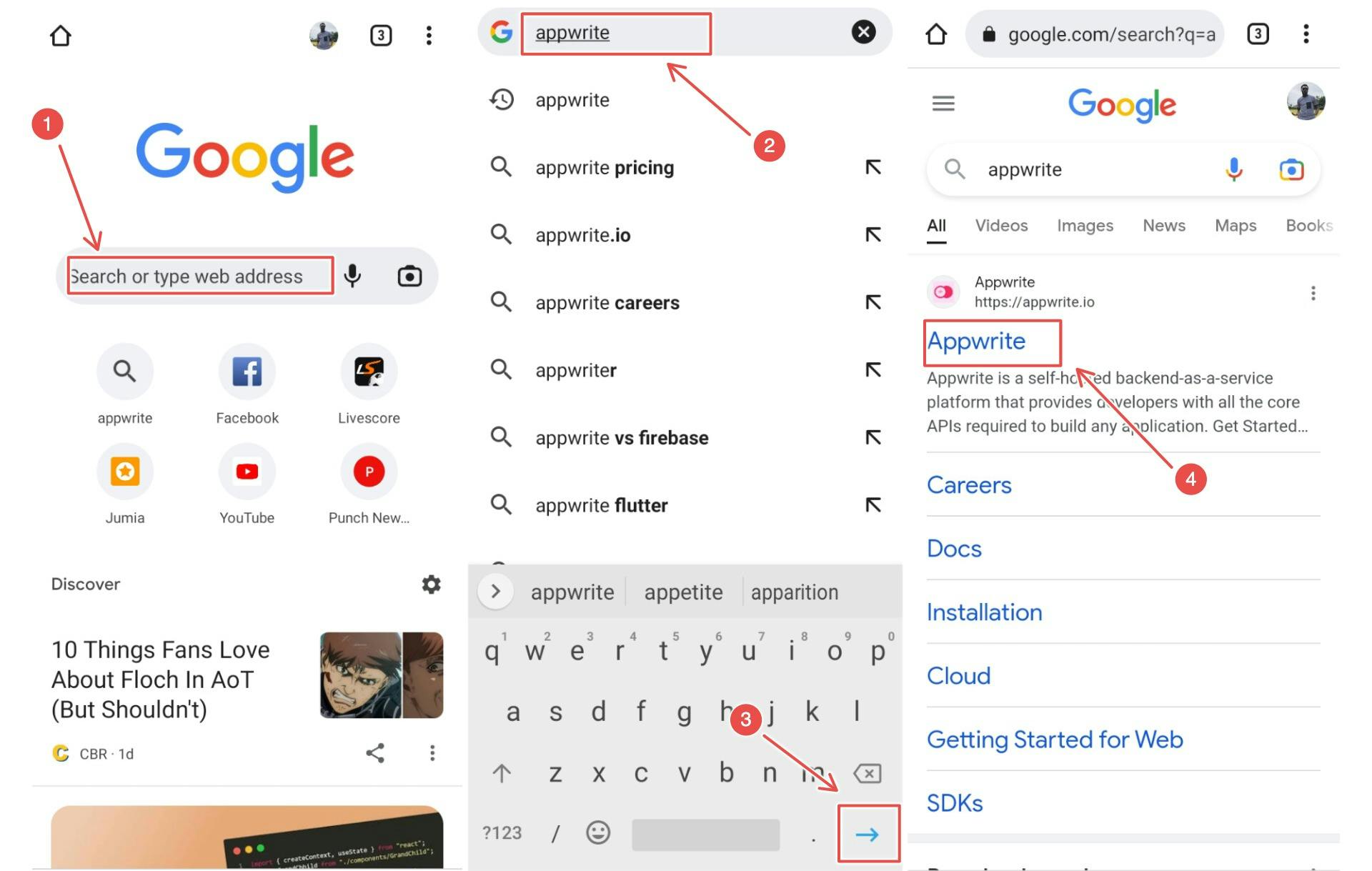
To use tabs. Tabs are different browser windows that allow you to keep more than one website open and accessible at the same time.
To open a new tab, tap on the ⁝ at the top-right corner then tap + New Tab.
To view open tabs, tap the square in the top icon row containing a number. Then all the open tabs will be displayed in a grid.
You can move to any tab of your choice by simply tapping on it.
To close a tab, tap the square to view all tabs, then tap the X at a tab’s top-right corner.

You can also search within a page, if you’re looking for a certain word or sentence on a page, you can use these steps:
To open a new tab, tap on the ⁝ at the top-right corner then tap Find in page.
Type the text you’re looking for. All matches on the page will be highlighted.
Use the arrows at the top of the screen to browse through all instances of the text.

How to set up Google Chrome on iOS
After installing the Google Chrome browser on your iPhone or iPad, the first step is that you sign in to Google Chrome.
Tap the ⋯ at the bottom of Google Chrome.
Tap Settings.
If you already have a Google account saved on that device, you would be asked to continue with it and if it is not saved on the device, you would be asked to choose another account.
If you choose to continue with your saved Google account, tap on the Continue as ... button and from there, more directives would be given to you on what steps to follow.
If you choose to choose another account, tap on the Choose Another Account text. Select an account and sign in.
After signing in, you can freely surf the internet.
This is optional but it is helpful if you want to have your passwords, bookmarks, history and preferences to be available if you use Chrome across many devices.

- You can use the search bar at the top of Google Chrome to enter either a URL or a google search. This is simply done by tapping the search bar, typing your search item into the field and then tapping on the enter key on your keyboard.

To use tabs. Tabs are different browser windows that allow you to keep more than one website open and accessible at the same time.
To open a new tab, tap ⋯ at the bottom-right corner, then tap + New Tab.
To view open tabs, tap the square in the bottom icon row containing a number.
Swipe up and down to see what’s open, then tap a tab to bring it into view.
To close a tab, tap the square to view all tabs, then tap the X at a tab’s top-right corner.

To add bookmarks. Bookmarks are used to save a website’s URL for future reference.
To bookmark a site, tap ⋯ at the bottom-right corner, then tap on the Add to Bookmarks.
To view bookmarks, tap ⋯ at the bottom-right corner and select Bookmarks.
Tap a bookmark to navigate to the site.
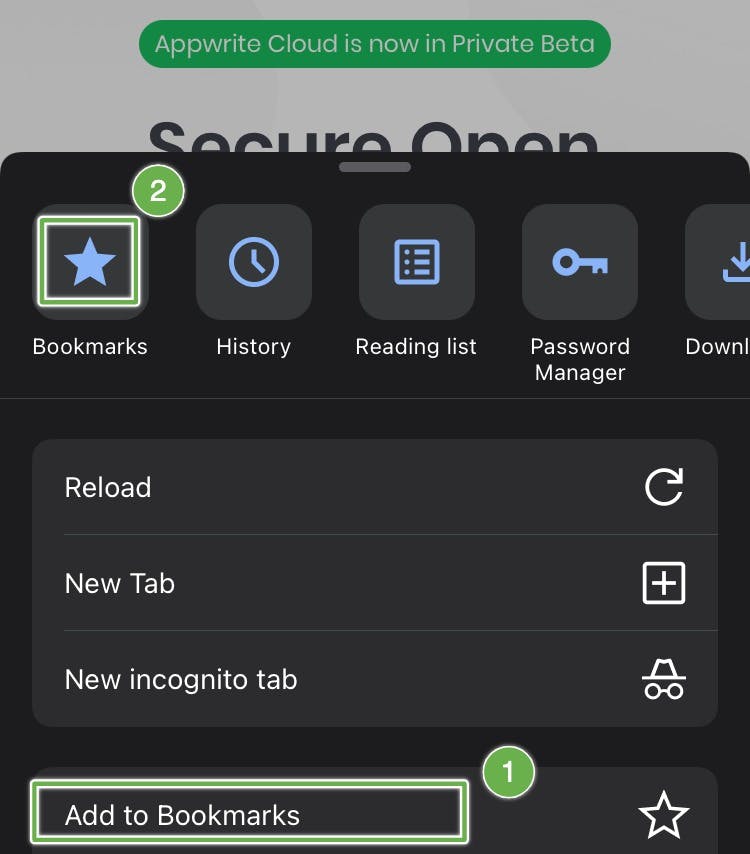
You can also search within a page, if you’re looking for a certain word or sentence on a page, you can use these steps:
Tap ⋯ at the bottom-right corner and tap on the Find in Page…
Type the text you’re looking for. All matches on the page will be highlighted.
Use the arrows at the top of the screen to browse through all instances of the text.
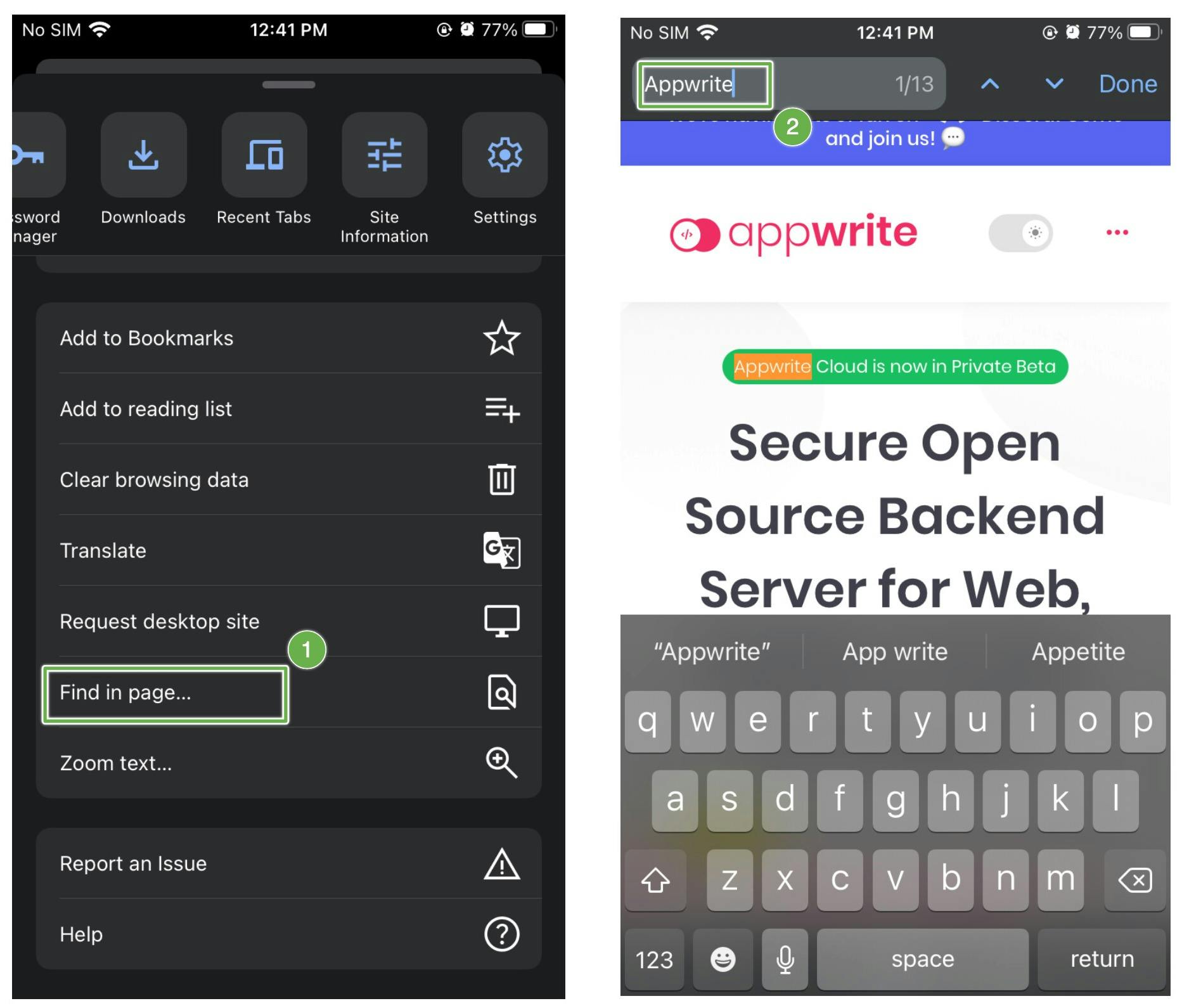
Alternative to Google Chrome: Brave Browser
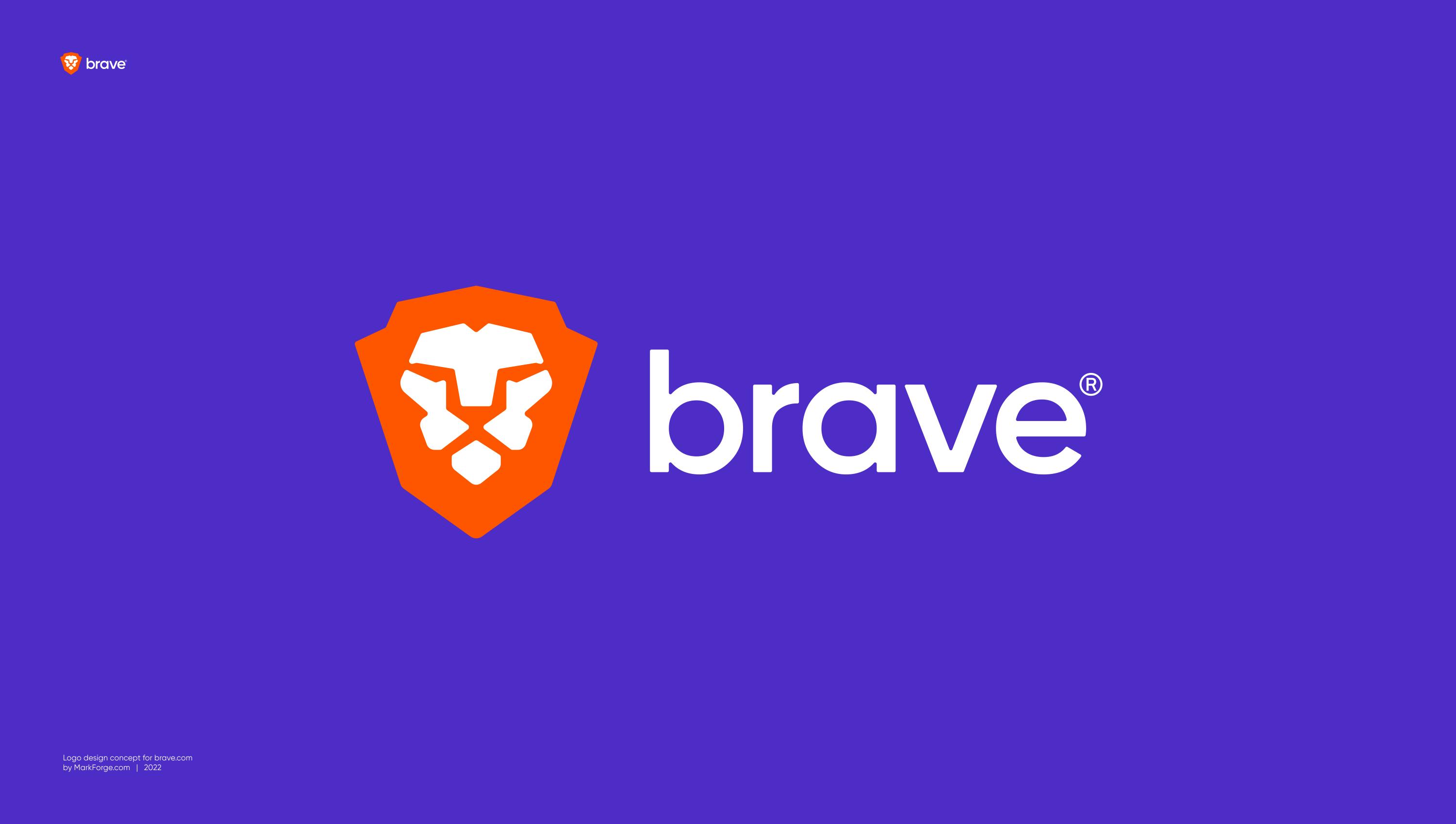
We have said that Google Chrome is the best browser to exist and we established this fact by comparing the features and characteristics that are essential to the optimal performance of a browser and compared them against other browsers. If we compare how they perform using the same characteristics that we used to grade Google Chrome, we would not end up with an outright alternative to Chrome. This is because when we compare the browsers, one might go well with regards to security but not so good at speed or having a good user interface, even if one of these browsers performs well moderately then there is the issue of how well it measures up against Web Standards.
All of these issues aside, one browser that I can recommend is Brave. Brave is a free and open-source web browser developed by Brave Software, Inc. based on the Chromium web browser. Chromium is a free and open-source web browser project, mainly developed by Google. This codebase provides the vast majority of code for the Google Chrome browser along with other browsers like Microsoft Edge, Opera, and Samsung Internet amongst others.
Brave is a privacy-focused browser that blocks ads and trackers by default, and it also offers a feature called Brave Rewards that allows users to earn cryptocurrency by viewing privacy-respecting ads. This feature is appealing to users who value their online privacy and want to avoid being tracked by advertisers. Brave has a built-in VPN feature that enhances your privacy and allows you to browse the web from anywhere. It also supports dark mode and allows add-ons, extensions, and plug-ins. The Brave official website posits that Brave uses 33% less memory than Google Chrome, that it is 3x faster at loading websites than Google Chrome and that it saves an hour of battery life compared to Google Chrome.
However, while Brave offers strong privacy features, it may not be as polished or feature-rich as Google Chrome. Chrome is known for its popularity, speed, and reliability, and it may have better compatibility with certain websites or web apps. Ultimately, the choice between Brave and Google Chrome comes down to personal preference and priorities. If privacy is a top concern, then Brave may be the better option. But if you need a browser with a wide range of features and strong integration with Google services, then Google Chrome may be the better choice.
Conclusion
In conclusion, Google Chrome is a versatile and powerful web browser that can enhance your browsing experience in ways, many other browsers won’t. Whether you're browsing the web for work or pleasure, Chrome offers a fast, secure, and customizable experience that's hard to beat. By following the tips outlined in this user guide, you'll be able to get the most out of Chrome on your mobile device.
